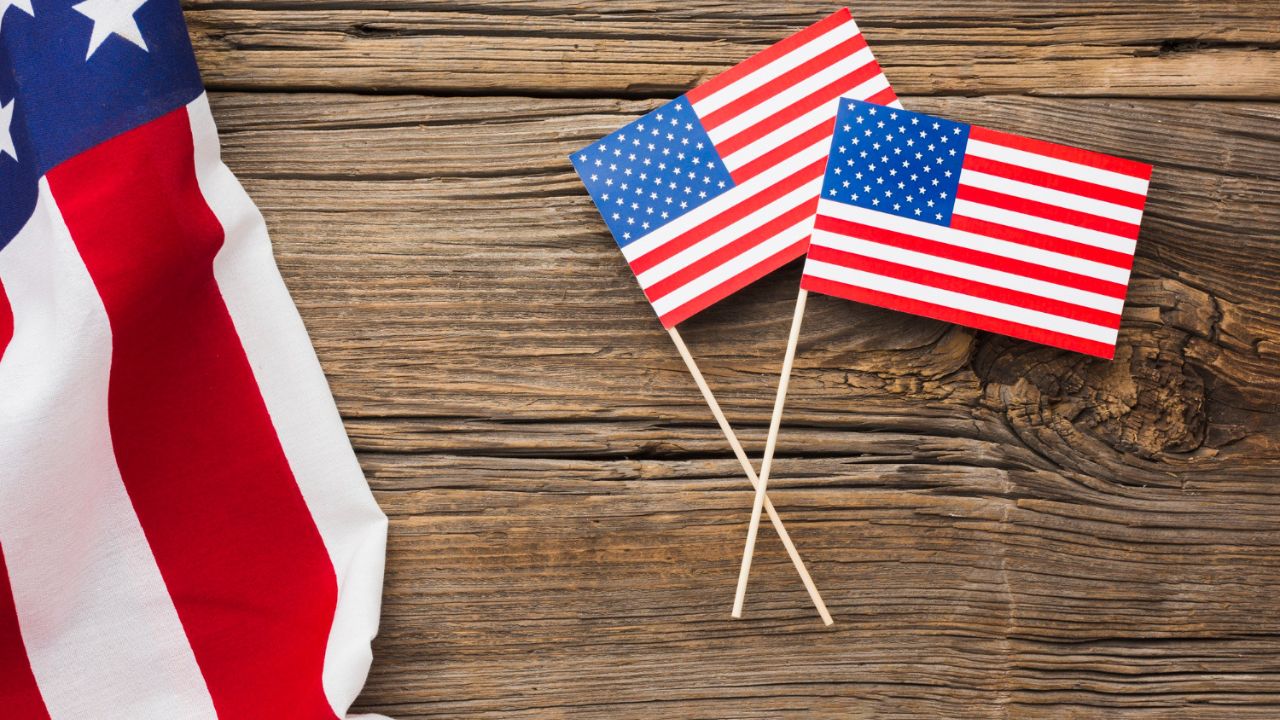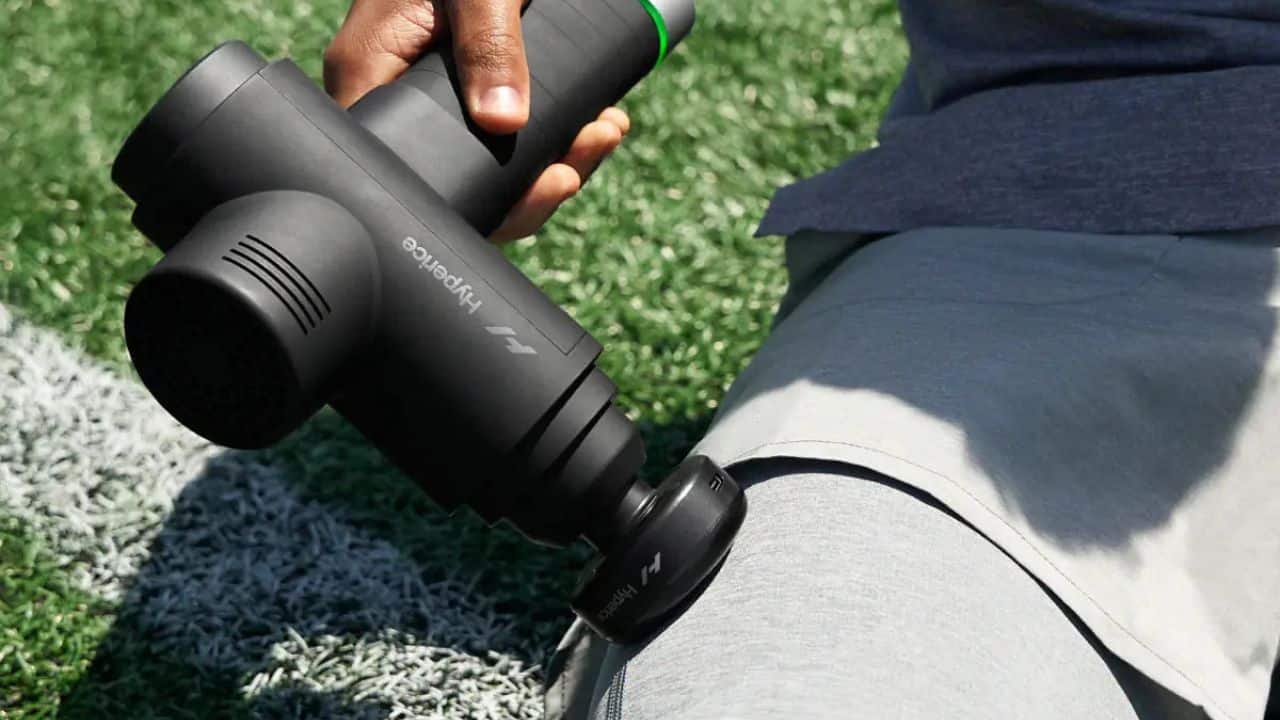Stepping into the world of symbols and national identity, we find ourselves gazing at the quintessential embodiment of unity – the American flag. Its vibrantly contrasting stripes of red and white, along with the bold blue field adorned with fifty gleaming stars, are indeed familiar sights for many.
But, do we truly know everything there is about this cherished emblem? Today, we’re dispelling some common misconceptions surrounding this beautiful national symbol, fostering a deeper understanding and appreciation for our cherished Star-Spangled Banner.
A Consistent Design? Far From It
Often, people believe that our beloved US flag’s design and colors have remained unchanged since its inception. This, however, is a myth. The flag we know and love today has undergone numerous transformations, reflecting our nation’s growth and evolution.
At its birth, the American flag had thirteen alternating red and white stripes with a field of blue hosting a circle of thirteen stars, representing the original colonies. With every new state’s entry, a star was added, leading to the 50-star design we have today.
The colors, too, bear profound significance – red symbolizes hardiness and valor, white signifies purity and innocence, and blue represents vigilance, perseverance, and justice. Thus, the flag we proudly hoist isn’t just a beautiful design; it’s an evolving story of our nation, a silent testament to our history.
Flag to Ground – A Taboo?
The notion that an American flag should never touch the ground is widely heard and believed. However, it is essential to debunk this as one of many myths surrounding flag etiquette.
The U.S. flag code does encourage proper display and handling of the flag, promoting measures to prevent it from touching the ground. Nonetheless, contrary to popular belief, there are no explicit punishments outlined in the code if an accidental ground contact occurs. The primary emphasis of the code lies in treating the flag with utmost respect and dignity, protecting it from intentional acts of desecration.
In the event that the flag unintentionally grazes the ground, the proper course of action is to handle it with reverence and care. Immediately lifting the flag off the ground and ensuring it remains clean and suitable for display is a sign of respect for its symbolism and significance. By adhering to these principles, we demonstrate our appreciation for the values the American flag represents, such as freedom, unity, and national pride.
Burn After Ground Contact? Think Again
Here’s another pervasive belief – an American flag must be set ablaze if it touches the ground. This statement, while not entirely false, is a misconstrued version of the truth. The U.S. flag code does allow the burning of a flag, but only when it’s so worn out that it’s unfit for service.
Such a flag should be retired respectfully, preferably by burning in a dignified ceremony. If your flag happens to touch the ground, it doesn’t necessarily mean it needs to be burned. All it requires is a careful cleaning, ensuring it’s ready to fly high again, reflecting the indomitable spirit of our nation.
Origin Matters – Choose Wisely
When it comes to American flags for sale, one might assume they’re all made in the USA. Interestingly, this isn’t always the case. Flags marketed as American can be produced anywhere worldwide, raising questions about their quality and authenticity.
This is why it’s crucial to purchase American flags from a reputed United States flag store. Buying domestically guarantees adherence to the U.S. flag code, supporting local businesses, and ensuring the flag’s authenticity. It becomes a meaningful way to contribute to our national economy while ensuring the flag you hoist is a true representation of our national pride.
Display Without Care? Not Quite
There’s a common misconception that you can display the American flag in any manner you deem fit. However, there’s a whole set of rules in the U.S. flag code detailing how to properly display the flag. For instance, when the flag is displayed vertically or horizontally against a wall, the union (blue field of stars) should be to the observer’s left.
When flown at half-staff, it should be hoisted to the peak for a moment before being lowered. These guidelines exist to maintain the flag’s dignity and respect, underscoring our collective reverence for this national symbol. If you want you can also read – Celebrate With Pride: The Untold Story of US Independence Day Celebration!
Quality and Authenticity – A Buyer’s Guide
Identifying high-quality American flags can be a daunting task, especially for the uninitiated. The quality of material, the robustness of the stitching, and the vibrancy of the colors are crucial elements to consider.
A high-quality American flag made in USA should be durable, weather-resistant, and vivid in color. Look for sturdy stitching along the edges and around the star field, indicating good craftsmanship. When buying, choose a flag store that values authenticity, quality, and respects the national symbol.
Towards a Respectful Salute
We hope this journey has led to newfound respect and understanding for our cherished American flag. As we debunked these myths, we fostered a deeper appreciation for our national symbol’s intricate details and the etiquette it deserves.
So, let’s raise our flags high and let them sway in the breeze, secure in the knowledge that we’re doing it right. By nurturing this sense of patriotic duty and national pride, we’re not only honoring our nation but also ensuring its legacy for future generations.
Whether it’s a festive parade, a solemn ceremony, or just a beautiful day, let your flag fly high with pride, knowing you’re a part of this beautiful tapestry of unity and freedom.








































